ConnectGREEN - What do local people think about large carnivores in Hungary?
02-07-2020
Northern-Bükk region, Hungary. Students from the Hungarian Szent István University have developed a complex landscape protection and development plan, which focuses on the further development of 10 Hungarian villages in consideration of the migration and habitat needs of large carnivores in the vicinity. One element of the plan foresaw a questionnaire to gather information on how residents see the return of wolves, bears, lynx and jackals to their region.
As part of their Landscape Architecture Master Study Program at the Faculty of Landscape Architecture and Urbanism, the authors of the survey decided to focus on the Hungarian section of one of ConnectGreen’s pilot areas: Bükk National Park – Cerová vrchovina Protected Landscape Area, located on the border between Hungary and Slovakia.
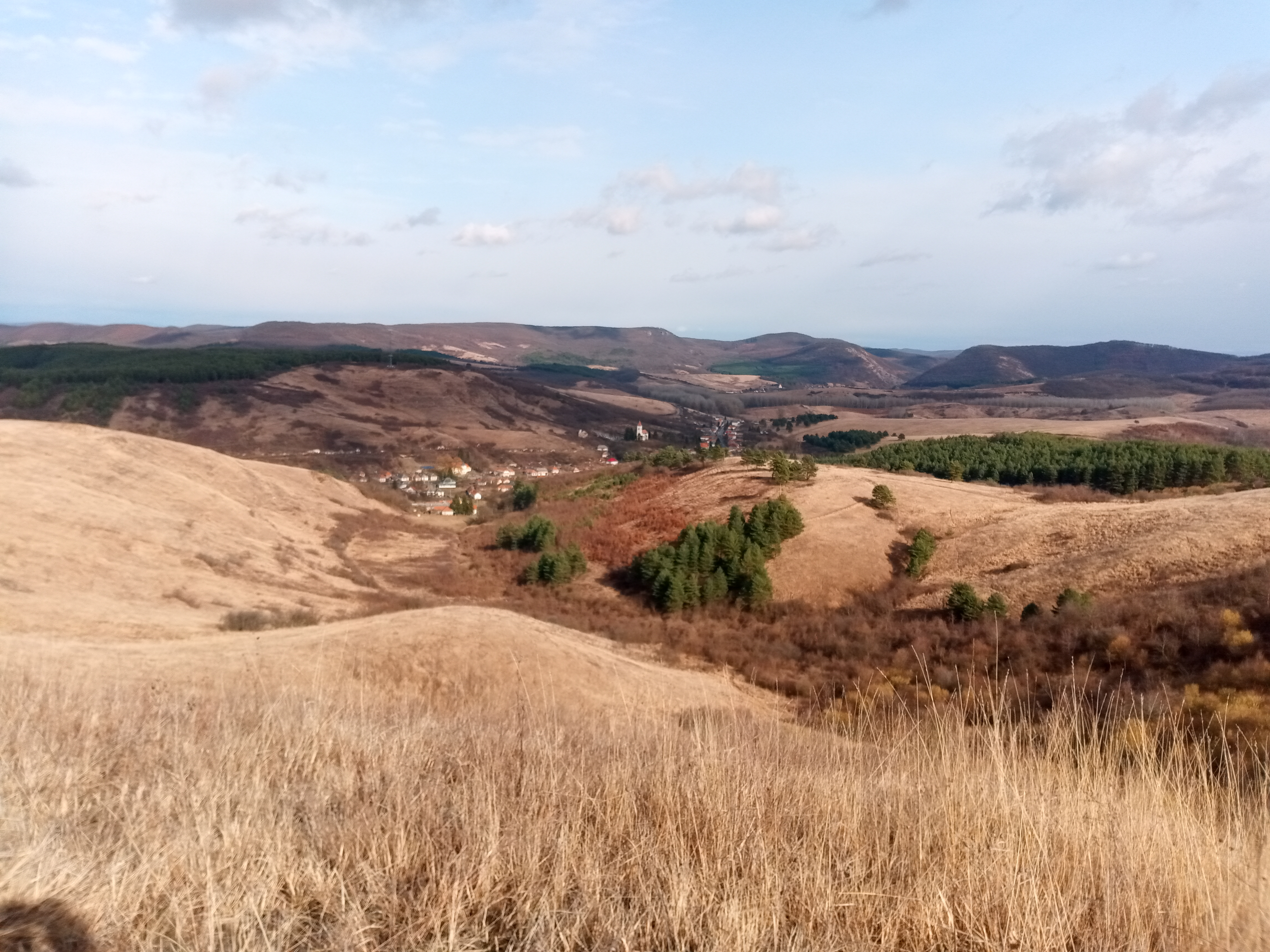
Figure 1. View from Őr-hegy, Northern-Bükk region, in Hungary, the study area, which is located in the peripheries of the Carpathian region (© Filepné Dr. Kovács Krisztina)
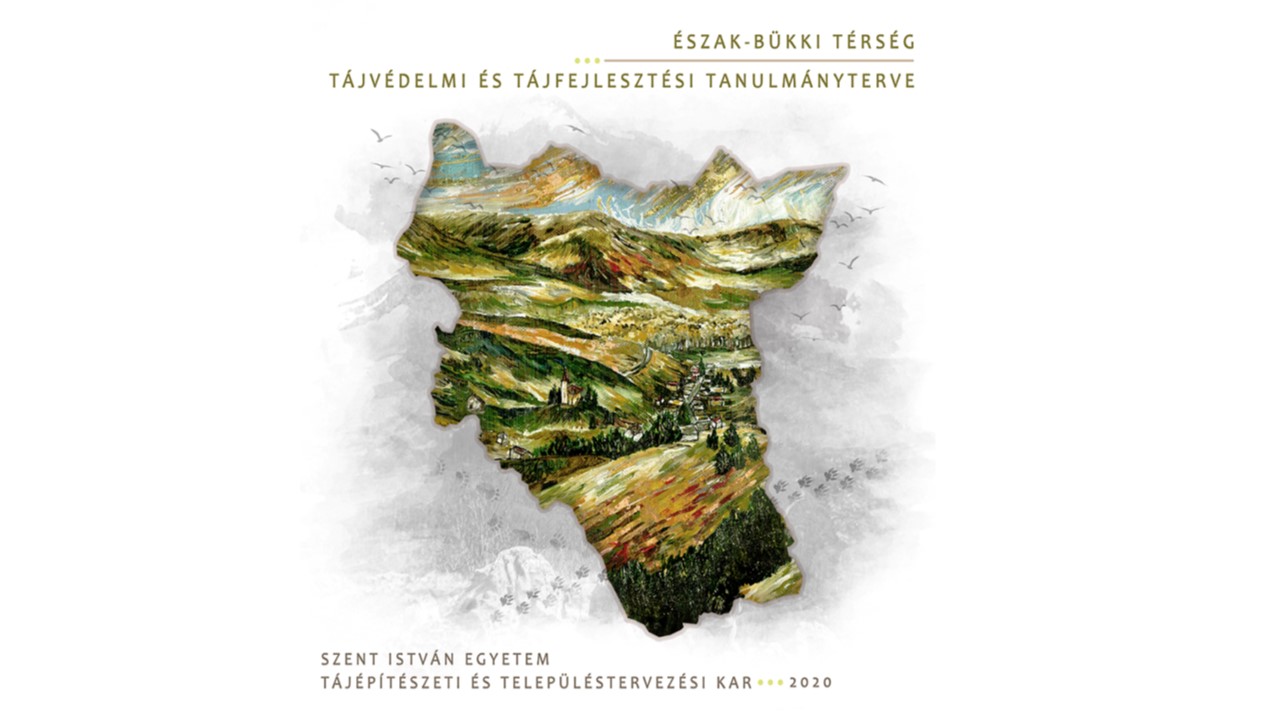
Figure 2. The landscape protection and development plan for the Northern-Bükk region (cover design: © Regina Erdélyi)
The landscape protection and development plan focuses on the following main topics:
- Protection and development of cultural and natural heritage,
- rural development based on local resources,
- fostering sustainable tourism,
- and raising ecological awareness.
As part of the complex landscape study, the students carried out surveys that looked at the ecological network of the region, consisting of an analysis of the habitats and migration corridors of large carnivores (bear, wolf, lynx and golden jackal) living there, and elaborated an online questionnaire to find out more about people’s thoughts regarding these animals. Not too long ago, all four species were quite common in the region, a fact also reflected in the geographical names of several of its landmarks (Farkaslyuk – Wolf Hole, name of a village, Wolf Plateau etc.). Their disappearance is a relatively recent development, the wolf for instance having been hunted to extinction in the course of the last century.
Over the past years, however, several sightings of the animals have been recorded. The experts of Bükk National Park observed and monitored a pack of 11 wolves in the region, and sightings were even made of the reclusive lynx, occasionally even visiting urban areas. The last known bear was killed in 1909, but based on several eyewitness accounts, they too seem to be making a comeback.
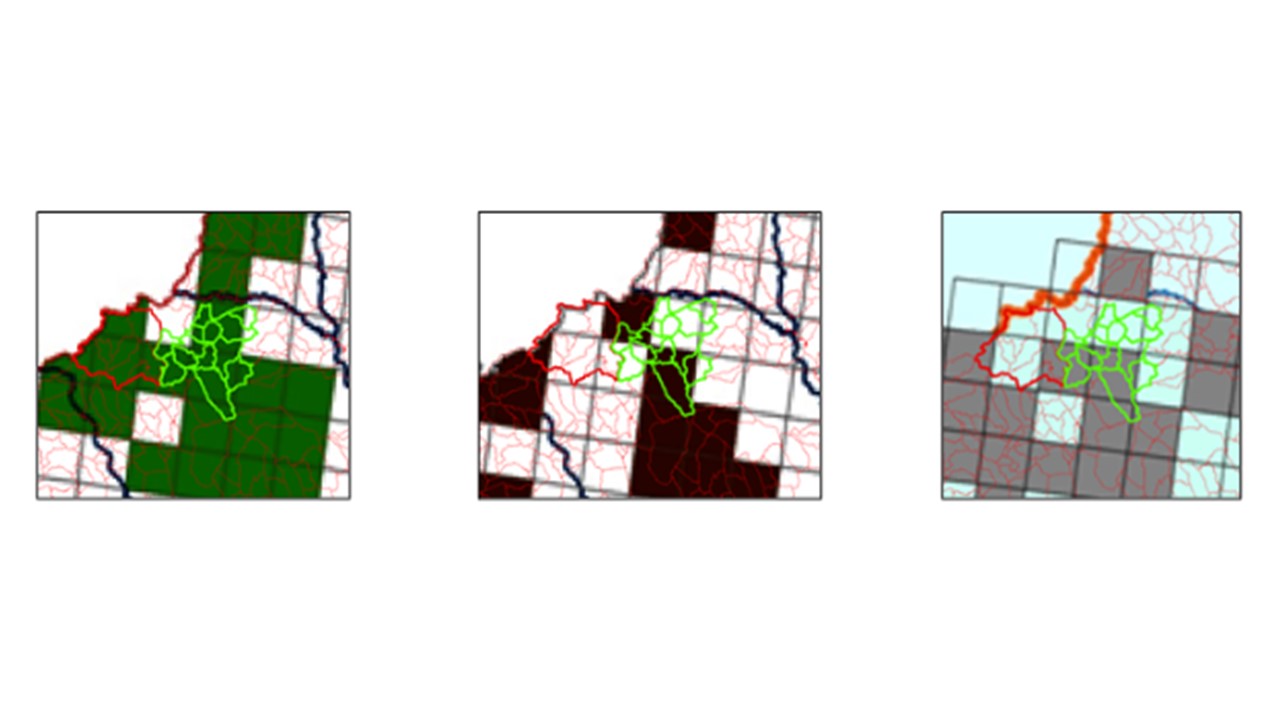
Figure 3. Occurrence of wolf, lynx and bear in the study area (data from the Bükk National Park; © Szent István University, Faculty of Landscape Architecture and Urbanism)
The analysis of the region’s ecological network demonstrated that the area can provide notable migration routes for large carnivores. The region is rich in forests and meadows and there are only a few barriers for wildlife movement. However, the students also highlighted the missing connections between many of the region’s main green infrastructure elements.
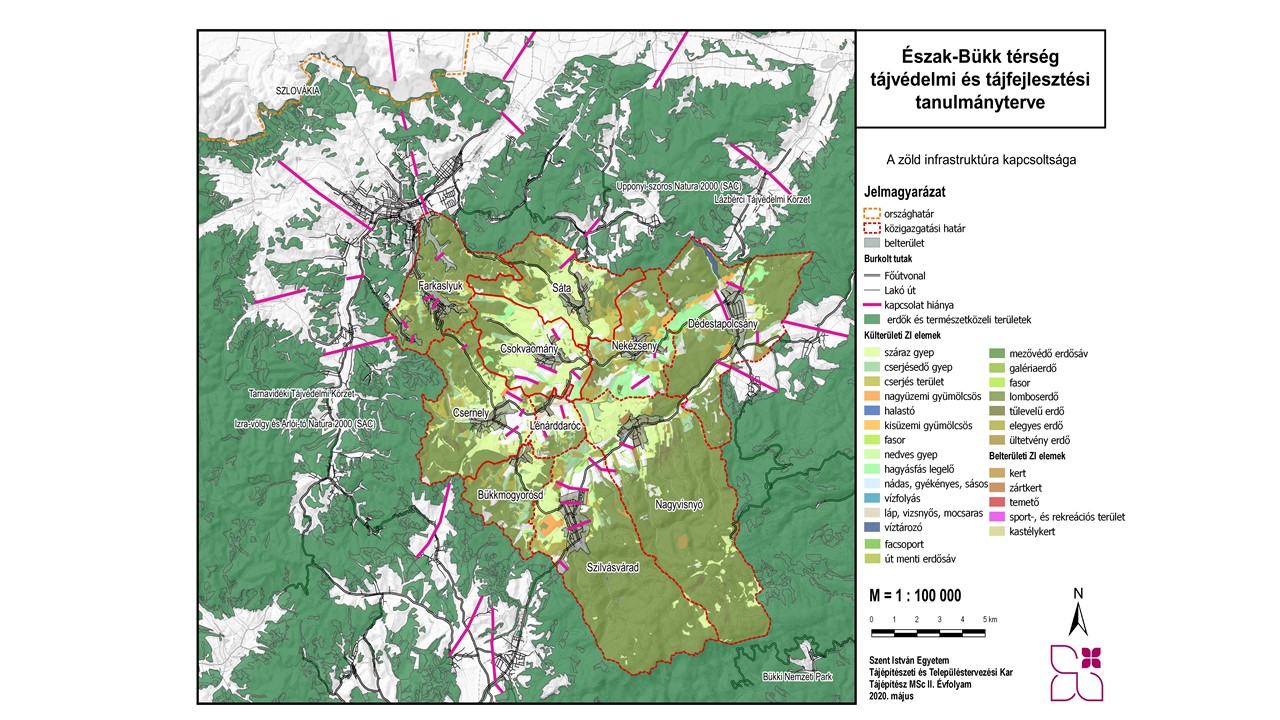
Figure 4. Green infrastructure of the region with purple lines highlighted the missing connections (© Szent István University, Faculty of Landscape Architecture and Urbanism)
What do people think about the return of large carnivores to these regions in Hungary? A questionnaire developed by the students sought to explore the knowledge and attitude of inhabitants toward the new arrivals. The questions focused on how much information people have about large carnivores, whether they are afraid of them and whether they know what to do should the see or come across one accidentally.
The online questionnaire consisted of 88 questions and was filled out by 37 locals. The results revealed that more than 50% of the interviewees did not know that these animals are present in the region. A majority of the respondents would recognize the four large carnivores, but they wouldn’t be able to differentiate the voice and the footprint of wolf, lynx or golden jackal.
A majority of the respondents indicated that they would not know what to do in an encounter with these animals in the wild despite the fact that most also considered that certain situations could be dangerous. Around 90% of the respondents indicated that they have never personally seen any of the four species in the vicinity their homes, but 42% of the respondents had acquaintances or relatives that had seen large carnivores in their neighbourhood.
Approximately 50% of those interviewed consider the presence of wolves and bears a positive fact. Many, however, also indicated being afraid of bears. The majority of people considered the presence of golden jackals in the area a bad thing, but more than half of all respondents had a positive attitude towards the lynx. As to where they gathered their information, the largest part of people interviewed indicated the internet (30%), television (19%), or from other people (25%).
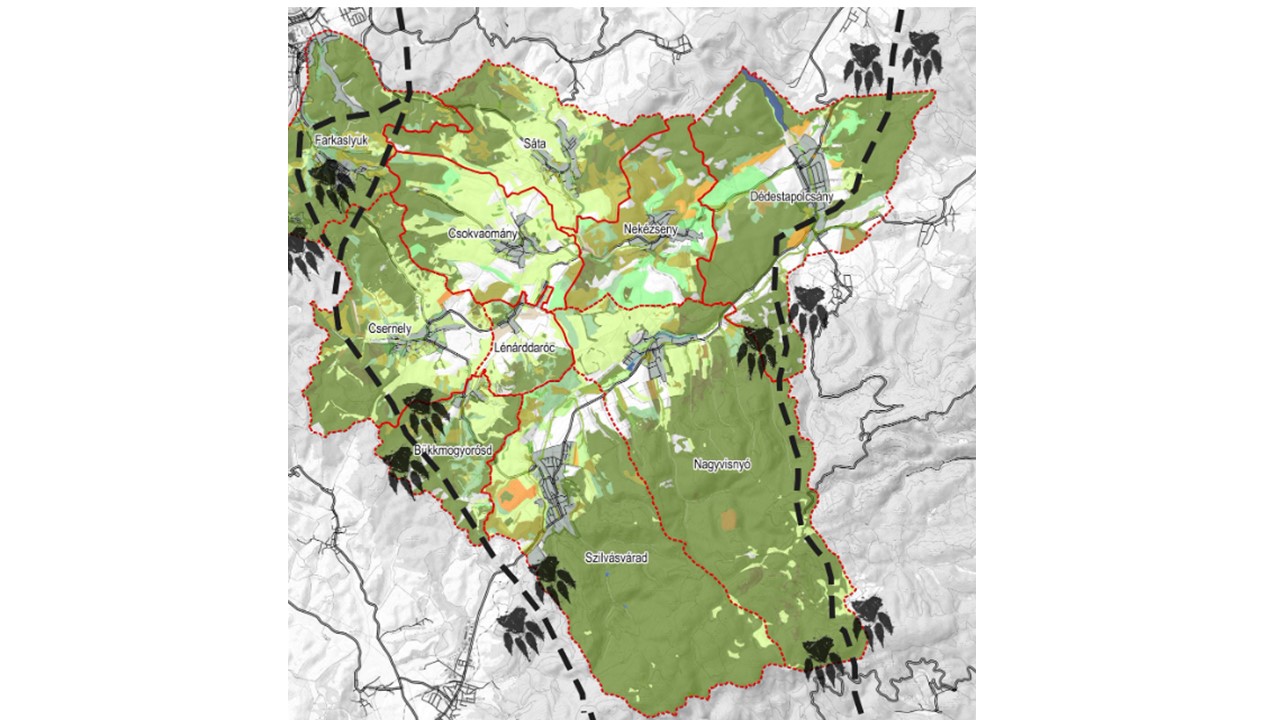
Figure 5. Proposed most suitable migration routes in the micro-region (© Szent István University, Faculty of Landscape Architecture and Urbanism)
Analyzing the results of their questionnaire, the authors of the development plan concluded that it would be important to raise awareness and inform people about the presence of large carnivores in the region, and to encourage residents to not to see them as a potential threat but rather as an organic part of their natural environment.
The text, figures and maps in this article are based on the Landscape protection and development plan of Northern-Bükk region elaborated by the Master students (II. year) of Faculty of Landscape Architecture and Urbanism, Szent István University, edited by Dancsokné Fóris Edina, Filepné Kovács Krisztina, Hubayné Horváth Nóra, Kollányi László, Módosné Bugyi Ildikó, Sallay Ágnes, Szilvácsku Zsolt, Varga Dalma (2020).
